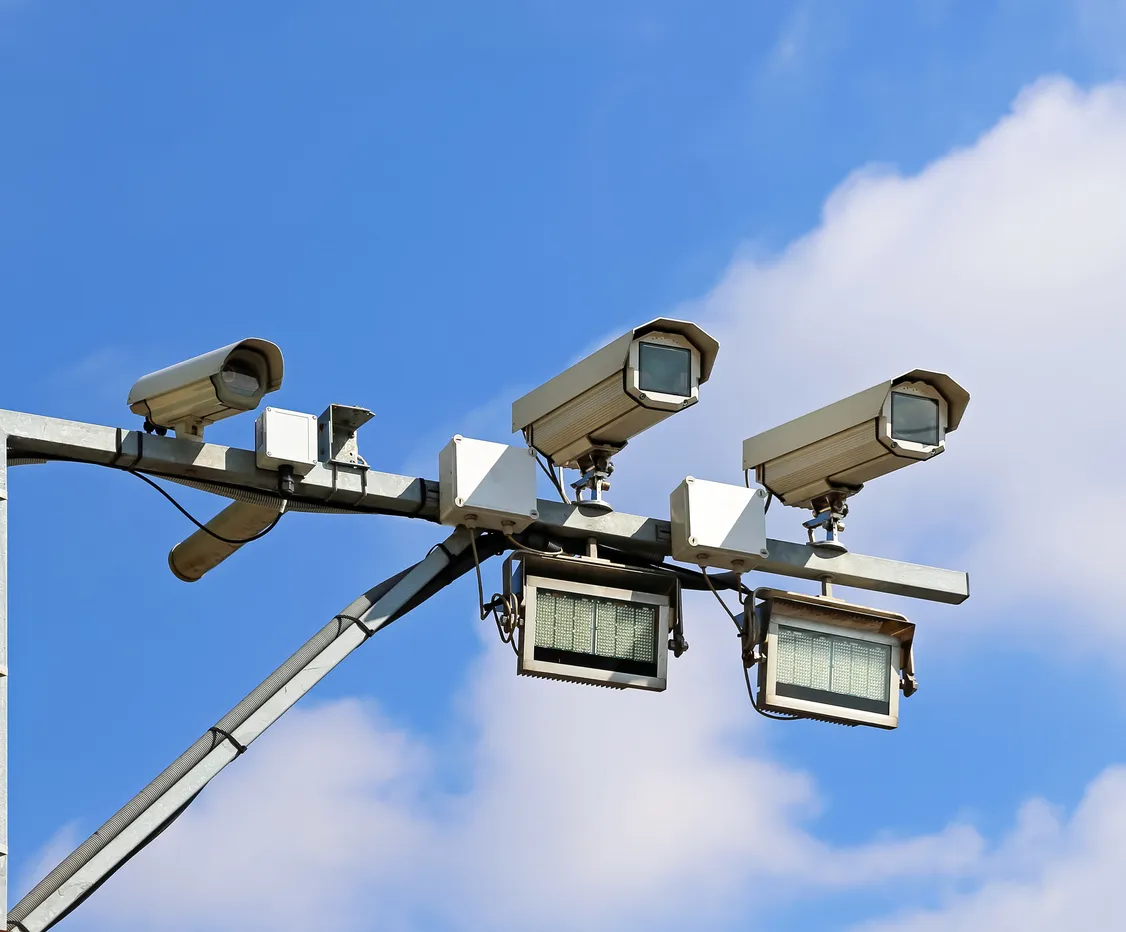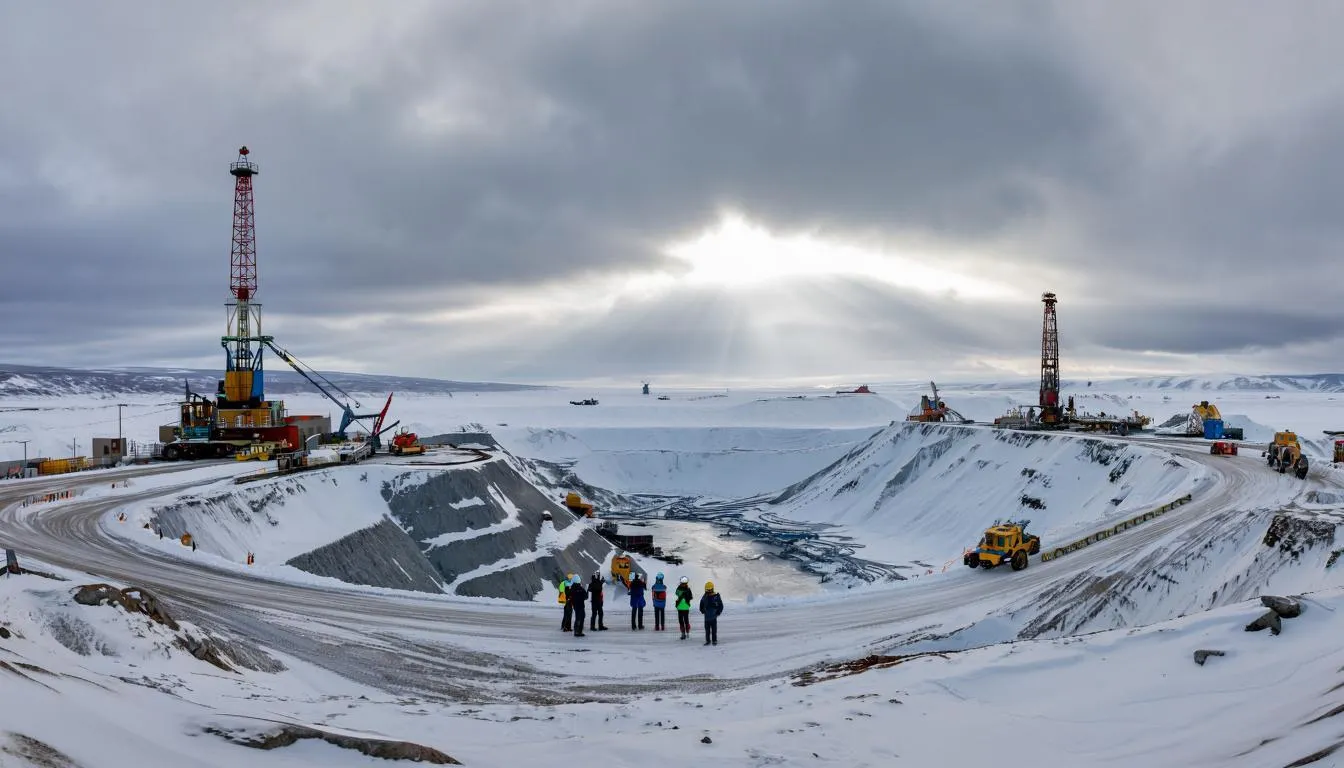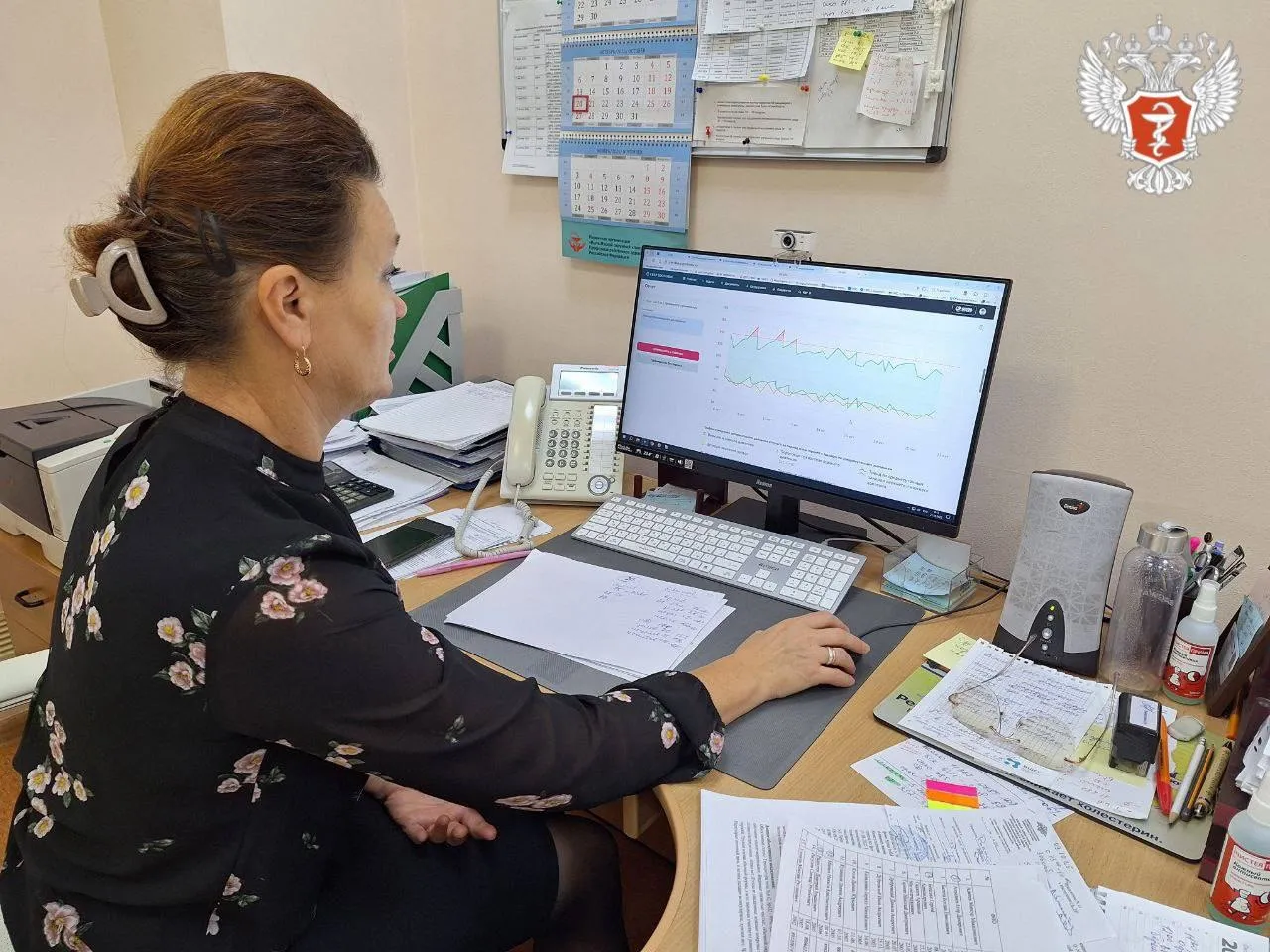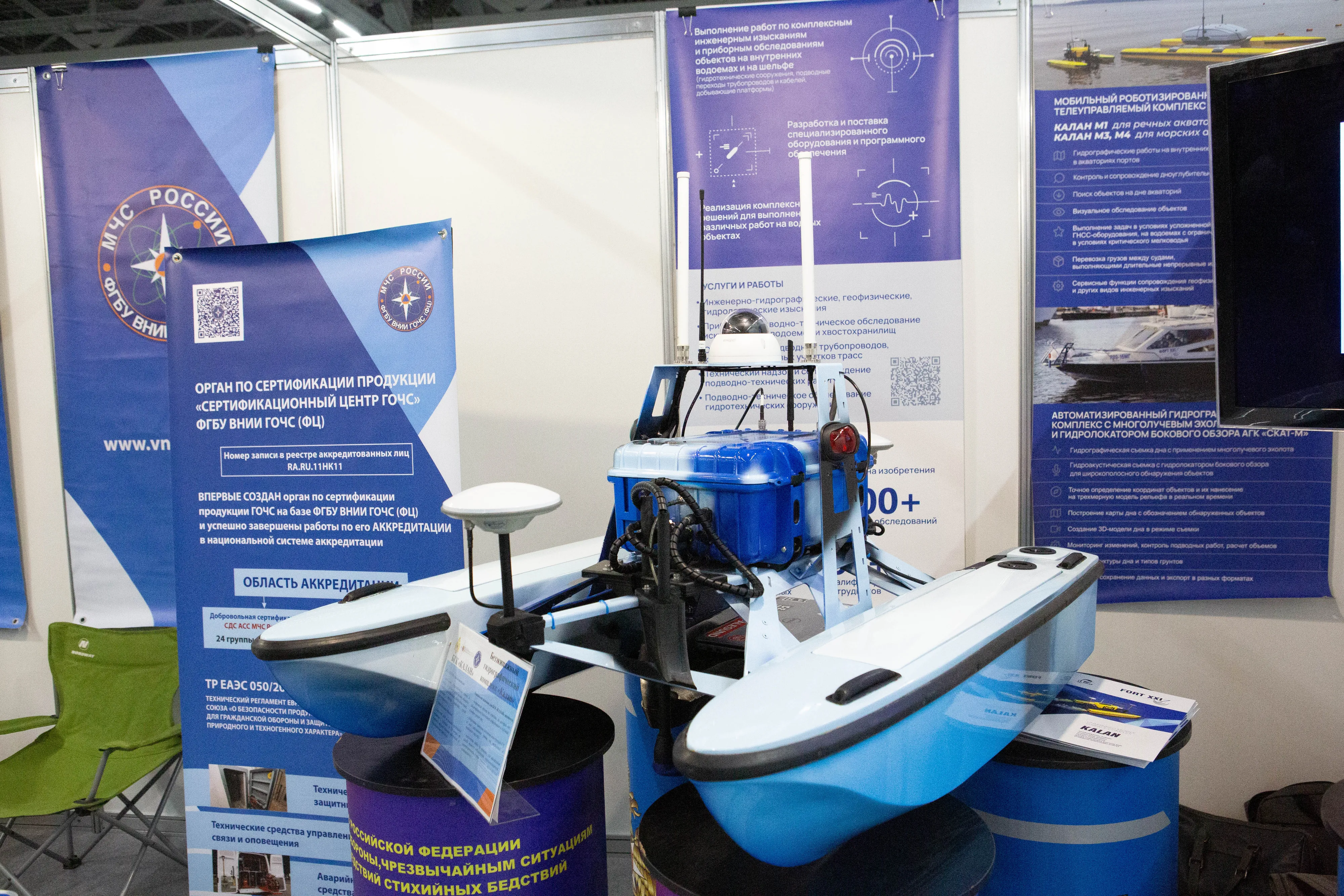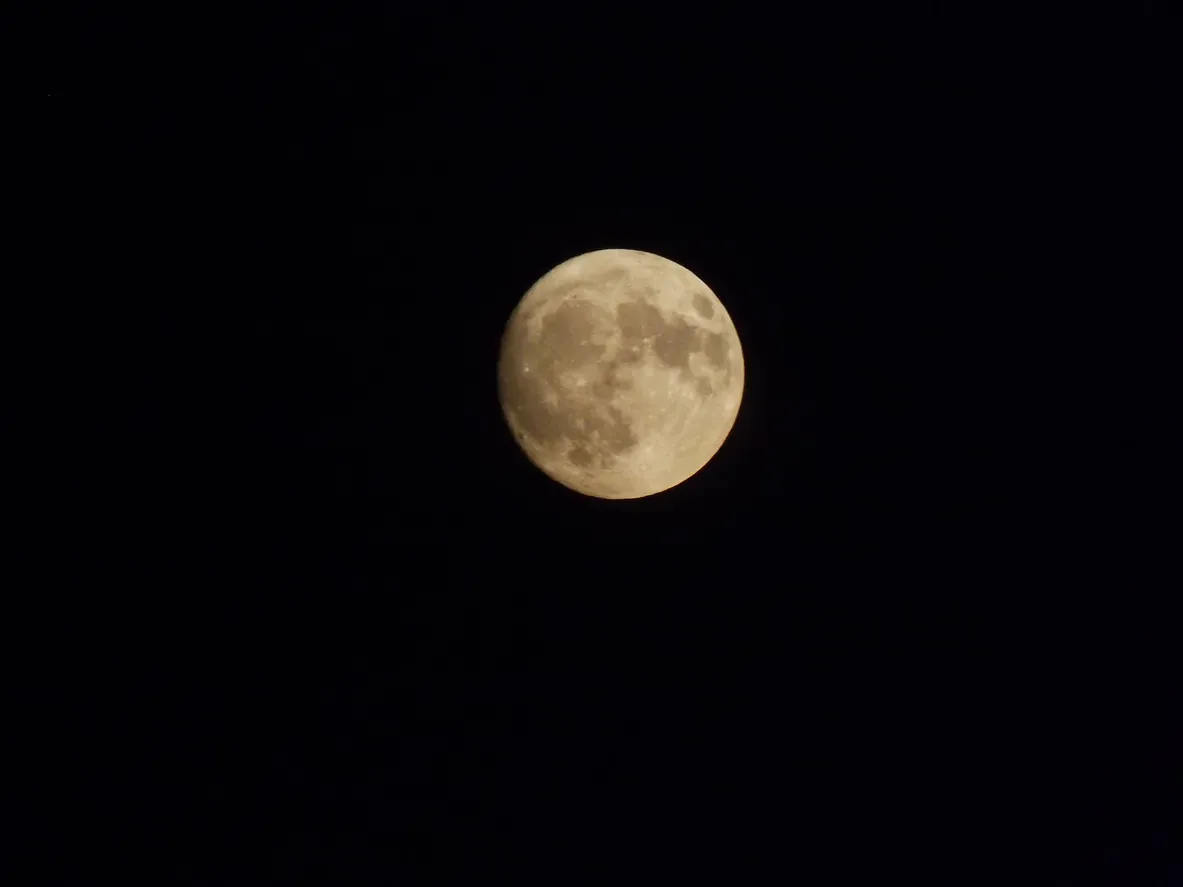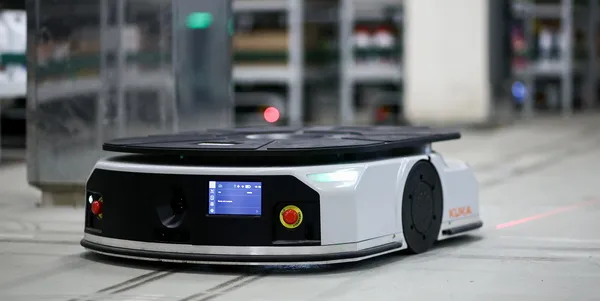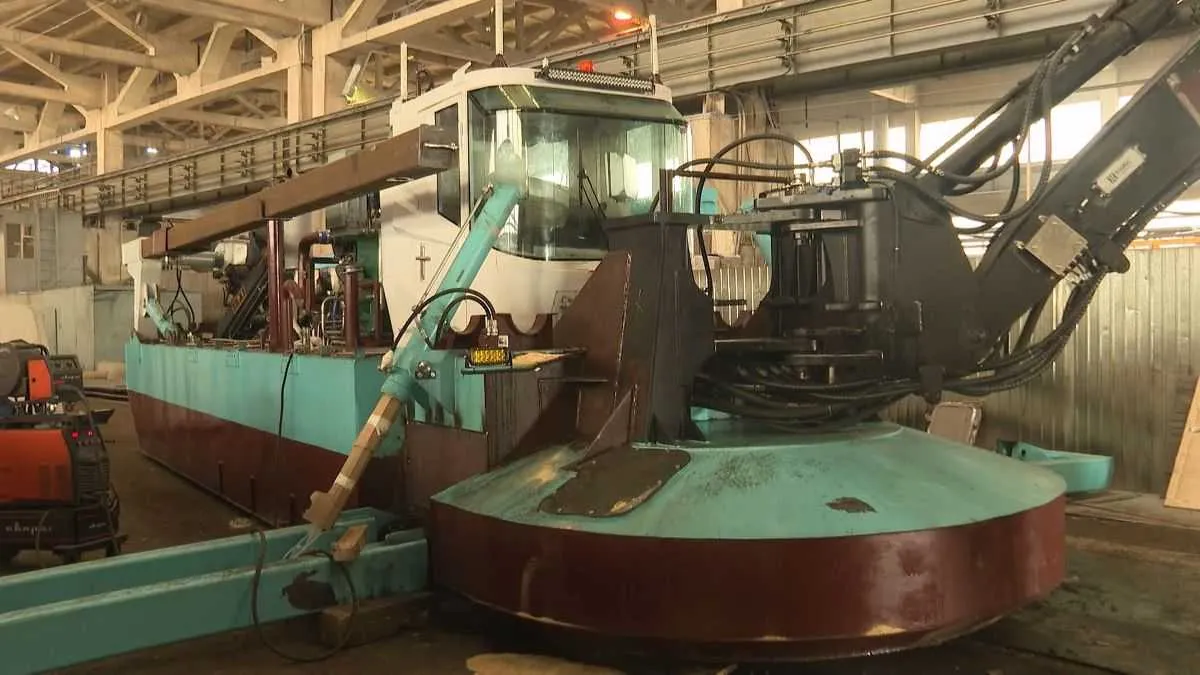In the Russian Arctic, Digital “Traps” Are Watching the Wildlife
Infrared cameras are quietly replacing traditional animal-tracking methods — and helping scientists study climate change through the lives of lemmings.

Zoologists from Herzen State Pedagogical University in St. Petersburg have launched a project called “Digital Mousetrap,” aimed at modernizing how Arctic wildlife is monitored. Instead of using physical traps that can harm small animals, researchers are now deploying infrared action cameras and video recorders to observe lemmings and other rodents in their natural habitats.
The devices have been installed in the Khibiny Mountains and at the Polar-Alpine Botanical Garden-Institute named after N. A. Avrorin. These digital “traps” record animal behavior around the clock without interference, capturing nocturnal activity invisible to the human eye.
Lemmings as Climate Sentinels
The project’s main focus is the lemming — a keystone species and vital indicator of Arctic ecosystem health. Their behavioral patterns, scientists say, are tightly linked to climate change. Fluctuations in lemming populations can ripple through the food web, affecting predators like owls, foxes, and Arctic stoats.
According to project lead Ivan Stasyuk, the technology is especially critical in the Arctic, where rodents form the base of many food chains and serve as sensitive markers of environmental shifts.
The system continuously collects objective video data, stores it for later analysis, and integrates it into geographic information systems. In the near future, the team plans to apply artificial intelligence to automatically analyze video feeds — turning hours of silent Arctic footage into actionable insight about the planet’s changing climate.


